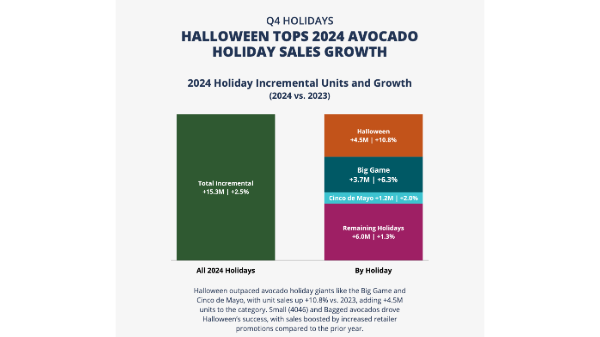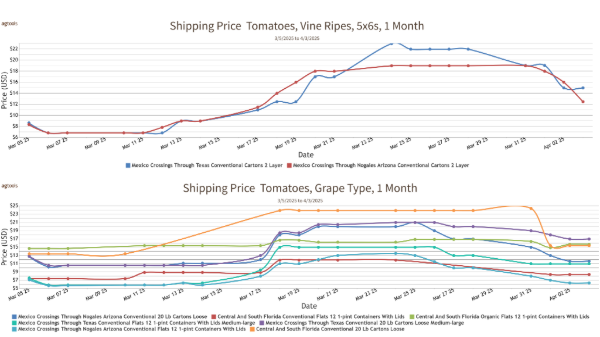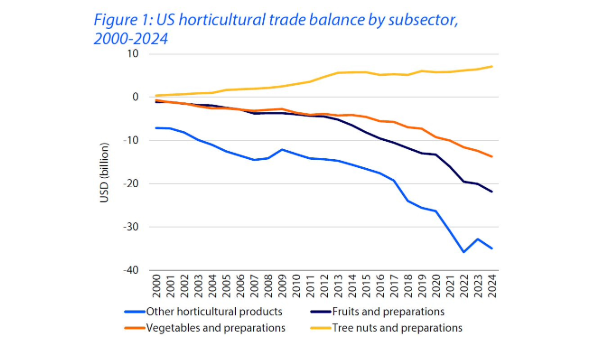Welcome to Blue Book!
Are you ready to join the thousands of companies who rely on Blue Book to drive smarter decisions? View our plans and get started today!
Still have questions? We’d love to show you what Blue Book can do for you. Drop us a line– we’ve been waiting for you.
Further, seasonal peaks can introduce physical risks in the supply chain. For example, having enough capacity to quickly move product is an ongoing challenge. “Produce shippers are competing for a dwindling resource,” says Doug Stoiber, vice president of produce transportation operations for L&M Transportation Services, Inc. “Economic conditions and regulations have driven a lot of people out of the business, so we’ve got fewer drivers and fewer trucks to haul produce loads.”
Best Practices
At a minimum, internal and external risks generate operational nuisances that create extra work and potential delays. At worst, severe supply chain disruptions inflict long-term damage to a company’s reputation, profitability, and survival. Given these potential challenges, it is necessary to engage in risk management to control the situation and minimize disruptions. Through this process, a number of highly effective risk management strategies have been developed within the produce industry. These best practices include:
Monitoring the financial viability of supply chain partners — “Don’t take your eye off the ball,” says Vaché. “It’s critical to always have your financial and accounting teams work with the sales force to make sure receivables and financial metrics are in line.” He notes that the Blue Book is a great tool for evaluating the financial status and creditworthiness of potential supply chain partners.
Establishing strong transportation alliances — Stoiber believes stable relationships lead to value for both shippers and carriers: “The shipper gets a quality carrier who understands the produce business, takes good care of the load, and knows delivery protocols. The carrier gets a competitive rate which leads to a vested, long-term interest in providing top quality service.” A number of related issues are addressed in the Produce Transportation Best Practices guide created by the cross-industry North American Produce Transportation Working Group (www.naptwg.org).
Building redundancies into your supplier network — Lovelace suggests monitoring supply conditions and having backup suppliers nearby to protect against product shortages. “Wherever possible, develop prequalified contingent suppliers within 250 miles of your location,” he recommends. “For companies located more than 24 hours from their sources of raw material, strong reporting practices from suppliers will allow processors to anticipate crop conditions and their ability to use product upon arrival.”
Developing business continuity plans and testing them — Schwartz notes that Potandon Produce puts significant effort into preparing for worst case scenarios, stating, “we have a written crisis management plan and do mock exercises to ensure things operate smoothly in the event of a breakdown.” The company regularly analyzes critical points, establishes backup personnel for every role, develops process redundancies, and conducts mock recalls to ensure supply chain breakdowns can be minimized.
Leveraging technology to protect product integrity — Treacy highlights the importance of stringent food safety programs and monitoring devices to transmit current product data. “The product needs to be kept at the right temperature and the right humidity for quality and food safety reasons. Tracking devices and technologies can provide real-time information as the product travels across the country.”








